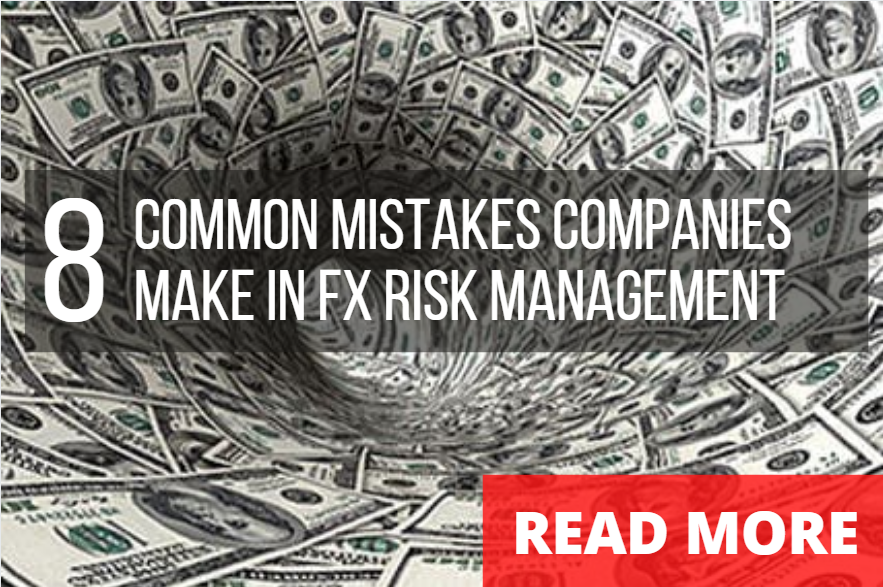
Cost of FX Hedging
By Amarjit Sahota
December 1st, 2025

Corporate FX hedging is rarely avoided. More often, it is simplified. Many firms hedge exposure mechanically through spot or rolling forwards without fully connecting execution to budget, margin, or working-capital impact. Even where programs are active, the total cost of hedging is often poorly observed. Carry, volatility, structure choice, and timing tend to live in different places, measured separately if at all.
As a result, management sees hedging activity but not the defined risk exposure.
Hedging cost does not sit neatly on an income-statement line. It expresses itself through forecast error, margin variability, and funding friction. A program may look “cheap” in isolation and still quietly distort earnings when viewed across cycles. Over time, the cost of how exposures are hedged becomes as material as whether they are hedged at all.
Why FX Programs Lose Sharpness Over Time
Hedging frameworks rarely decay because teams stop caring. They decay because commercial reality is dynamic. Sales pipelines move. Inventory cycles shift. Pricing power fluctuates. Treasury naturally hedges what is observable and delays commitment where revenue confidence fades. This is not mismanagement. It comes from practical.
Problems arise when immediate visibility becomes the dominant input into hedge behavior. The program slowly rotates from exposure-driven to transaction-driven. Decisions are shaped by short-term certainty rather than by the structure of the business itself. The result is not lack of hedging, but loss of intent.
DQMR — A Simple Framework That Prevents Drift
Most FX programs do not fail because of a bad trade. They drift because decision-making loses structure as conditions change.
DQMR is a practical lens to keep programs coherent when both markets and forecasts move:
- Define what is actually being hedged and how reliable each exposure truly is.
- Quantify which costs are economic and which are simply habit or convenience.
- Minimize inefficiencies that add cost without reducing risk.
- Reorganize responsibility so execution reflects how exposure is created across the business.
It's a risk framework to sustain hedging decision quality and manage fx costs.
What Control Actually Looks Like
High-functioning FX programs do not chase markets. They manage distributions of outcomes.
Risk is not defined by exchange rates alone, but by the spread between expectation and reality. Hedging done well compresses that range. It does not eliminate uncertainty. It contains it.
Control is created by:
- defining exposure in real cash-flow terms
- measuring cost as an economic outcome, not a rate
- choosing instruments intentionally rather than by habit
- aligning hedge behavior with how the business earns
This is the shift from FX as execution to FX as governance.
What Strong Programs Have in Common
- They do not confuse activity for protection.
- They do not optimize locally and ignore globally.
- They are not rigid — but they are deliberate.
Disclaimer: The views expressed in the article are Klarity FX's own, they should not be taken as investment advisory. Klarity FX bears no responsibility from any unforeseen outcomes that come as a result of the information in this article



